The pandemic prompted a workplace shakeup, shining a spotlight on employee wellness
Amy Blankson offers tools that can boost happiness as we enter a new world of work

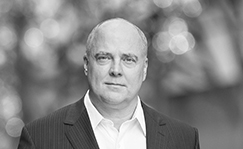
Hugh Verrier
Chair
In 2022 uncertainty took hold as inflation, volatile markets and a geopolitical conflict added to the challenges set in motion by the COVID-19 pandemic. In a world of shifting expectations and norms, we focused on creating a distinctive experience for our clients, consistent with the five-year strategy we launched in 2020. This North Star guided our global teams as they developed and executed innovative solutions on high-stakes deals, disputes and pro bono matters.
Our client work placed us at the center of global trends related to energy transition, environmental, social and governance (ESG) issues, finance and globalization. We contributed to the dialogue on these issues with published insights including “Scaling up the energy transition,” a report based on a survey that explores how capital providers and companies are setting priorities, staying competitive and managing risk. Through our COP27 video series, we explored themes raised during the annual climate conference and their potential impact on business and industry.
In regions around the world, we increased our capacity to serve clients, promoting 59 new partners and welcoming 39 lateral partners. We developed new ways of working with clients, increasing efficiencies and ensuring consistency. These initiatives included our Debt Finance Solutions Team, which leverages legal technology and other resources to handle certain types of routine work, and our Client Experience Blueprints, a series of tools that codify our global best practices for working with clients before, during and after a matter.
We continued to focus on building a more diverse and inclusive workplace, significantly expanding our diversity data collection efforts so we can quantify our progress. Our people benefited from new and expanded coaching programs, and we took concrete steps to empower our associates, focusing on work allocation, skills development and leadership opportunities.
This review discusses these and other accomplishments and initiatives that made a difference to our people and our clients in 2022. Together we face the future positioned for success.
Guest speakers at Firm events share views on timely topics
Amy Blankson offers tools that can boost happiness as we enter a new world of work
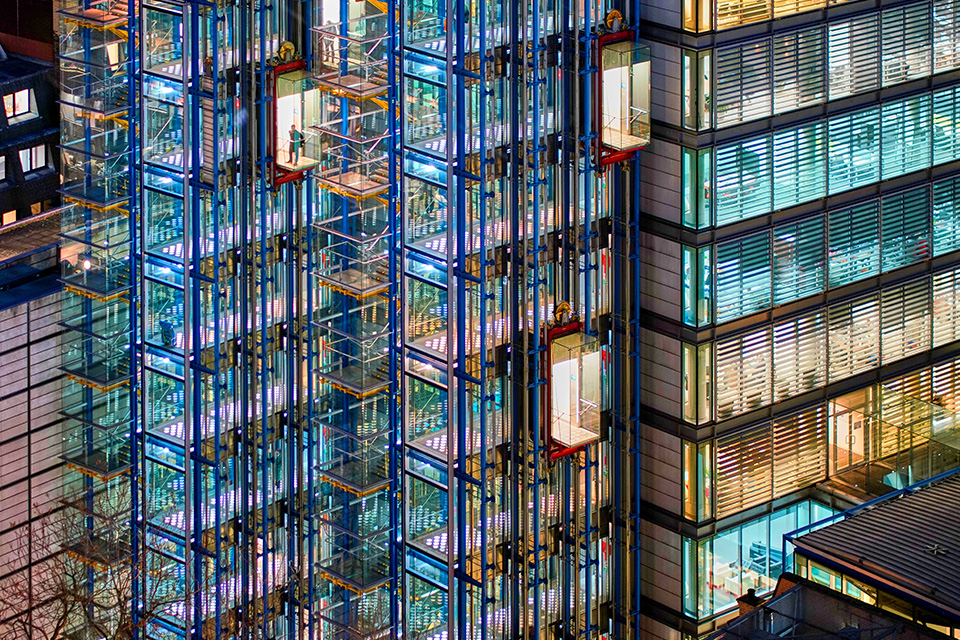
Kenneth Cukier talks about the process that can lead to breakthroughs and help us tackle novel challenges

Antonio Zappulla talks about how TrustLaw tackles some of the world’s biggest challenges

Developments that reshaped the world
The focus on achieving net-zero emissions by 2050 remained a priority for governments, investors and energy companies

Addressing ESG factors became “the new normal” for investors and businesses

Activity across debt and M&A markets slowed as rising interest rates and high inflation saw investors, borrowers and lenders recalibrate risk appetite
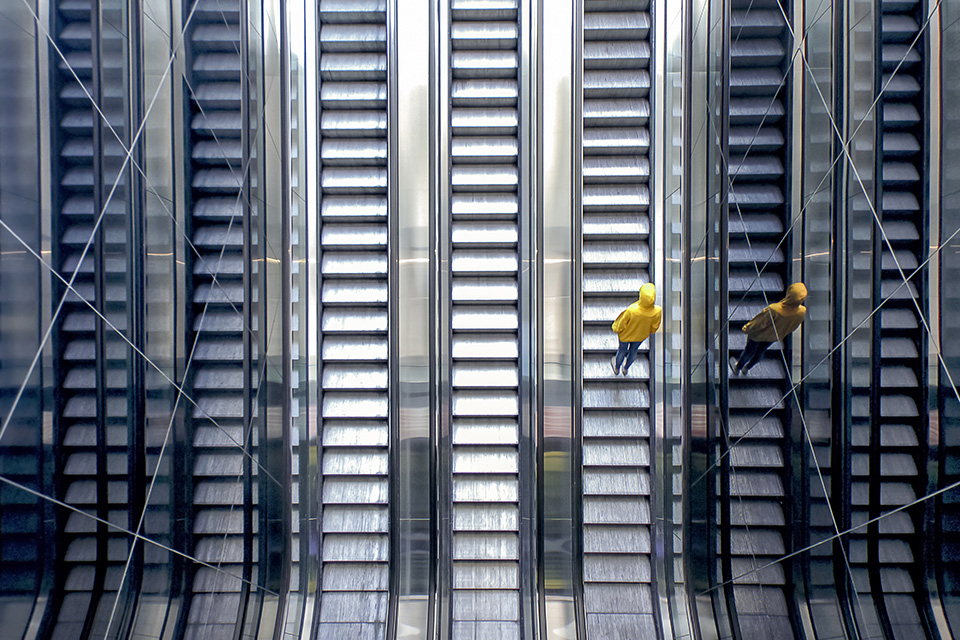
Around the world, legal and regulatory developments continued to reshape global interconnectedness

Highlights of our work in 2022
Our achievements position us for success
US$2.83 billion in revenue
2,616 total lawyers
Meet the outstanding generation of talented lawyers who strengthened our Firm in 2022

In markets around the world, White & Case earned many of the legal industry’s top accolades

White & Case is committed to fair and ethical operations that respect human rights and recognize the importance of our natural environment.
As a signatory to the UN Global Compact, we affirm our commitment to doing business responsibly by supporting the Compact’s ten principles on human rights, labor, the environment and anti-corruption. The steps we are taking to continue to embed these principles into our Firm are outlined in our most recent Communication on Progress.
Our latest Environmental Sustainability Report includes information on our environmental policies, footprint, key actions and goals.
Committed to advancing diversity and inclusion across the Firm
11 global affinity networks
Our 11 affinity networks foster a sense of community among the Firm’s Black, Asian, Latinx/Hispanic, Middle Eastern, minority ethnic and LGBTQ+ lawyers, business services professionals and their allies. Each network sets its own agenda, initiatives and goals, which are specific to the issues it considers most important. Affinity networks create and enhance awareness of these groups within the Firm and its larger culture, drive community and connection across our global offices, and support their members with career and professional development opportunities.
25 local women’s networks
Our 25 local women’s networks are active in 40 offices across the Americas, EMEA and Asia-Pacific. These networks foster professional development and mentoring activities. They also provide a forum for our lawyers and business services professionals to share perspectives and create programs to support and retain our women while fostering and promoting gender equity.
49%of our lawyers self-identify as of color
28%of our partners self-identify as of color
43%of our lawyers self-identify as of color
27%of our partners self-identify as of color
118nationalities
95languages spoken
Leading publications and alliance organizations continue to recognize our commitment to diversity and inclusion

Helping our colleagues to reach new heights
Committing to growth opportunities for colleagues in wide-ranging roles
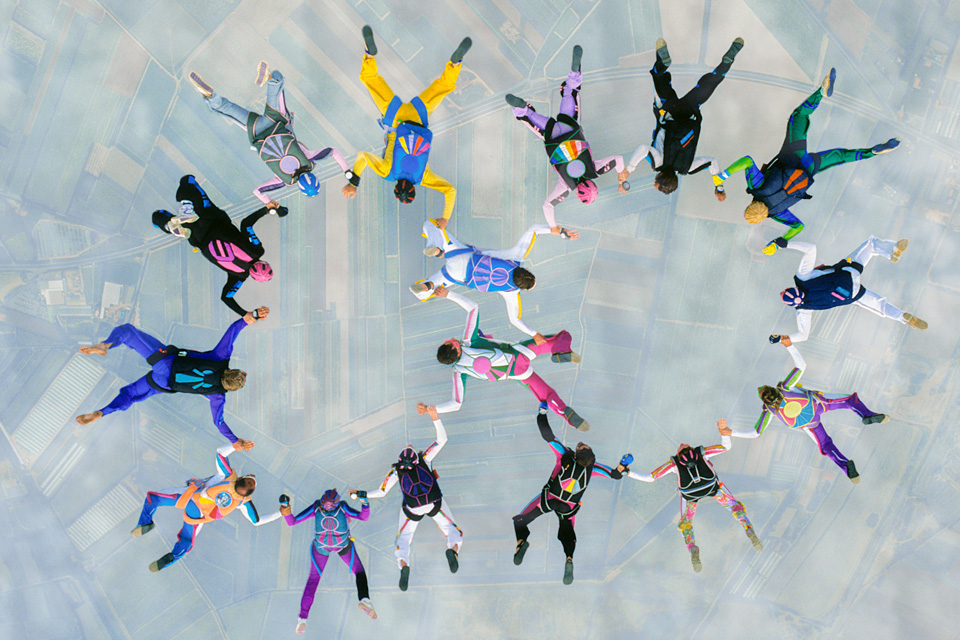
Recognizing the value of our lawyers as they start their careers

Focusing on consistent application of best practices

Leveraging technology to streamline routine work and enhance client service

Collaborating to effect change and build strong connections

Visuals by Roman De Giuli
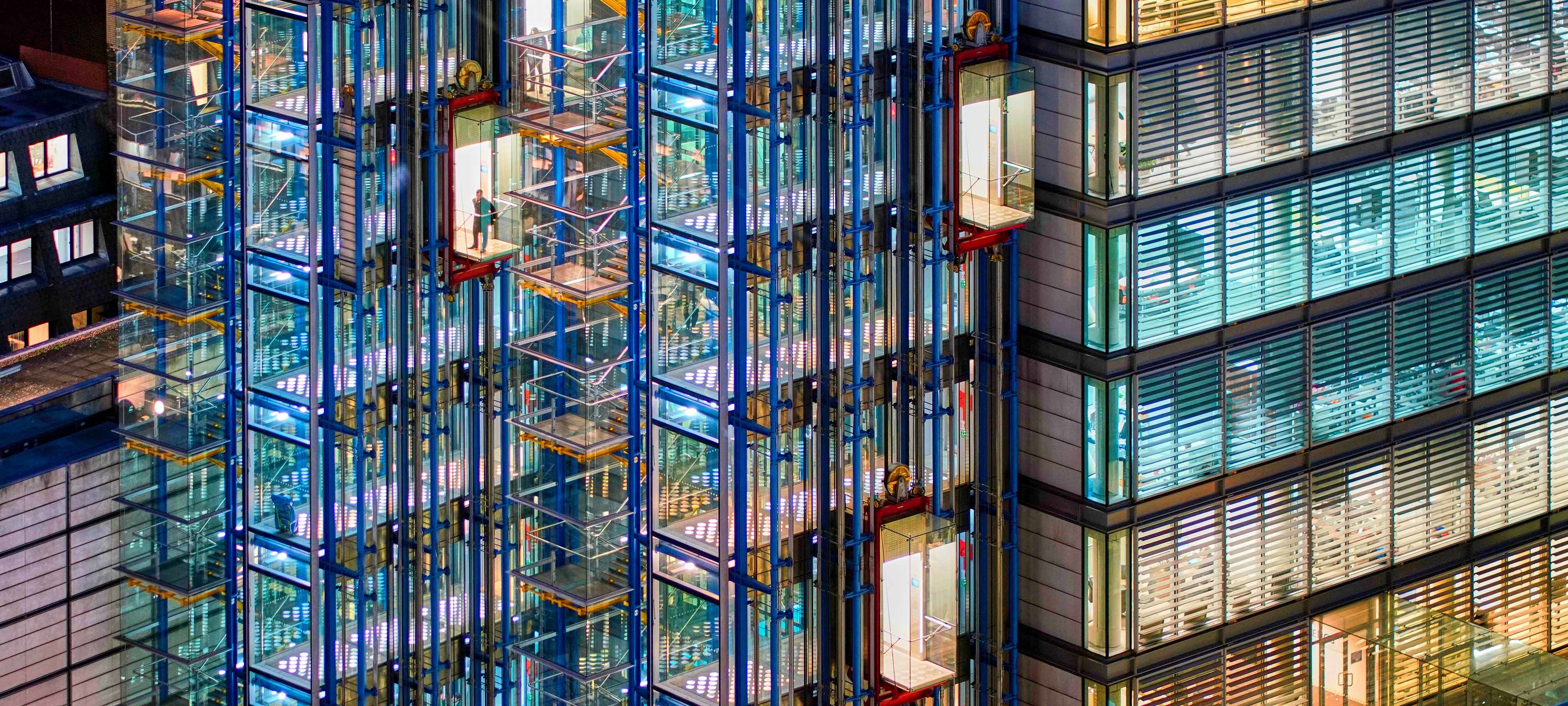
Amy Blankson co-founded the Digital Wellness Institute, which works with organizations and individuals to help them use technology in ways that foster mental health and productivity. She is also the author of The Future of Happiness: 5 Modern Strategies for Balancing Productivity and Well-Being in the Digital Era. During virtual events for our global offices to mark World Mental Health Day in October 2022, Blankson spoke about promoting wellness as many companies transition from remote to in-office work.
We talked to Blankson about creating boundaries, the limits of gym memberships and meditation apps and why technology is not to blame for unhappiness. An edited and condensed version of that conversation follows.
You’ve said we have a unique window of about six months to rewrite the rules of work. What did you mean by that, and when did the clock start?
I think the clock started when people started returning to their offices, at the point when hybrid, high-flex or in-office-only policies took effect. As we went from the pandemic’s remote world toward the future of work, there was an openness among leadership to rethink policies in response to this idea of being flexible with their employees, who they knew needed support. I’ve found it takes roughly six months for those new policies to get written, for new behaviors to be codified and for new social norms to be accepted. After that, we get used to a new way of doing things and are less able to challenge assumptions.
What type of workplace rules are being rewritten?
We look at a few different policies at the Digital Wellness Institute—in addition to, of course, hybrid work policies. We also look at policies around Zoom or Webex meetings. Must cameras be on? Do you start five minutes after the hour or end five minutes early so people can take a break? In some countries we’re also looking at the right to disconnect, which says an employee can’t be expected to engage in business activity outside of work hours. It started in France and moved to Italy, Portugal and Canada. It’s becoming a bigger topic for organizations that work globally. What does it mean to give only some employees and not others the right to disconnect based on their location? America is definitely lagging behind in this conversation. People have laughed and told me the right to disconnect will never happen in America, but I think the conversation is going to accelerate in the next five years. Finally, we also look at the communication charter piece, which is less of a policy and more of a company standard covering how we communicate. What channels do we use? Can we contact each other after hours? What about text messages? It’s about providing greater sanity for all of us who are getting pinged constantly and are just trying to stay focused and get work done.
How does a communications charter work?
I’ve seen a lot of different approaches, but I recommend that communication charters not be binding policies but rather living documents that focus on teams that work together on a daily basis. These could be very small teams, anywhere from three to ten people. It’s about working out how you want to communicate among your group and thinking about why you connect in the first place. Adding to that, it involves thinking about what opportunities exist to create boundaries that help fuel the team and make people feel supported. Finally, you need to look at how team members will hold each other accountable for sticking to the charter.
Since the onset of COVID-19, many companies have implemented employee wellness initiatives. How effective have those efforts been?
Workplace wellness surveys found that with each successive wave of the pandemic, there was another burst of investment in employee wellness. We found that those initial investments in gym memberships, meditation apps or, even in at least one case, monogrammed pajamas had a really beneficial effect for a short period of time. After that, employees found that maybe they loved the pajamas but what they really needed were flexible work schedules, reasonable workloads and the support to figure out how to balance all the distractions in life and not feel like they’re sitting on Zoom all day.
How can a company create a more lasting positive impact on its employees’ well-being?
We’re hearing from employees that their real needs relate to having balance in their lives. I worked with a bank client to create communications charters. Individuals sat down and talked about their digital boundaries and what they needed to feel happier at work. For example, one woman said she needed an extra 15 minutes once a week to take a relative to a doctor’s appointment. She usually tried to sneak away and get back during the lunch hour, but said she’d be happier if it was understood that she needed that time. Based on these real conversations, company policies were more closely aligned with employee needs, and these changes made a huge difference.
Whether we’re at work or at home, how can we can use technology in ways that make us happy?
When I started writing my book, my assumption was that screen time made us less happy. But I found that it’s the way we’re using technology that shapes our happiness. If we allow technology to drive our day and our time, it makes us less happy. If we are using it to interact with complete strangers—what the research calls “weak ties”—it leads to less productivity, less connection and less happiness. But if you’re interacting with people that you have a direct connection with, specifically through two or more channels—for example, at work and outside of work, by email and by phone on social media and in person—that deeper connection actually makes you feel happier. Your screen time also has to be proportional to the amount of other activities going on in your life.
Photo by © Getty Images
Glass elevators on the side of a London office building